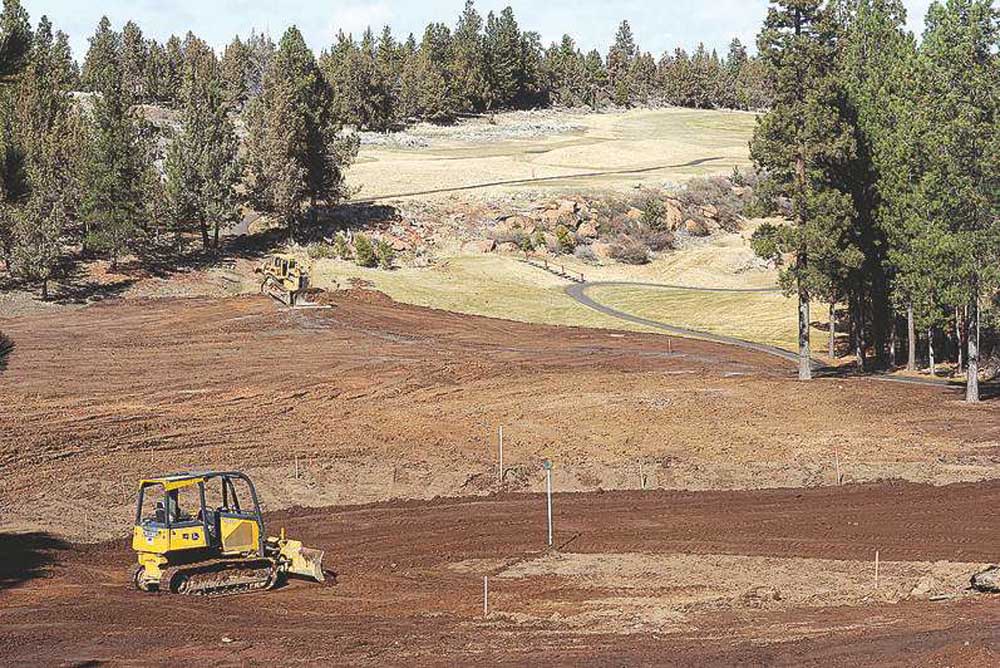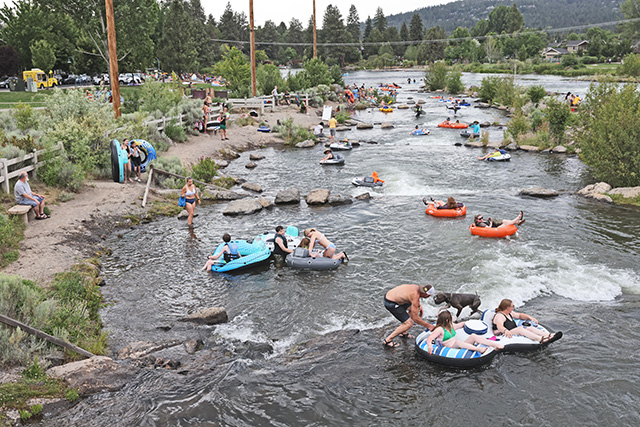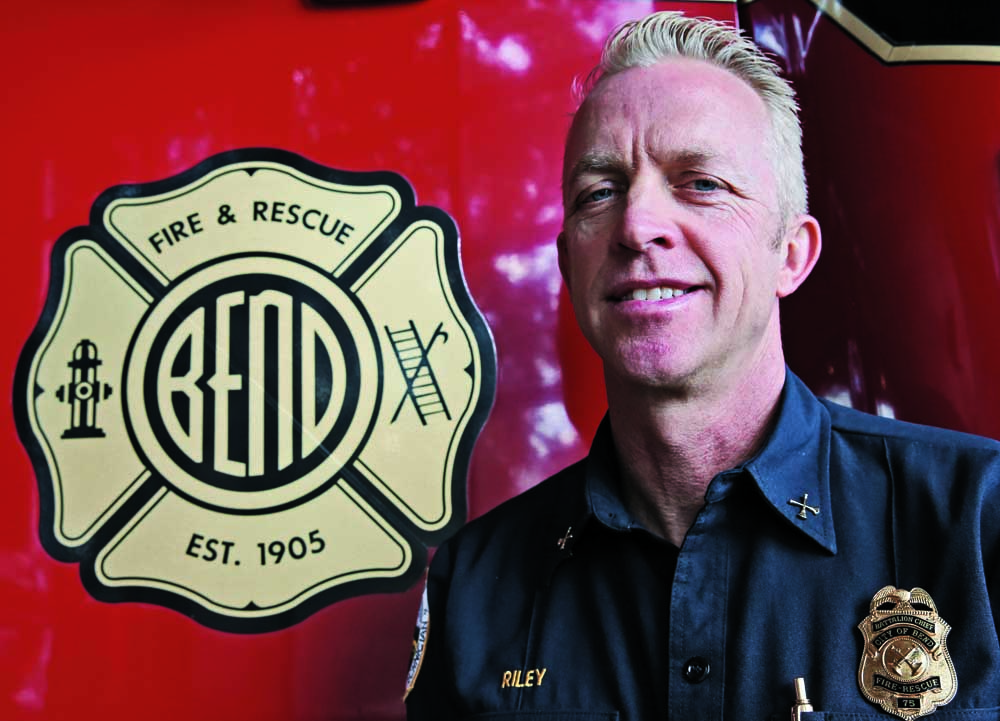An optimistic tone
Published 5:00 am Saturday, March 23, 2013

- Work continues at Bend's Awbrey Glen Golf Club on Wednesday afternoon on the completely redesigned fifth hole. The renovation is just one of many changes at private clubs in Central Oregon.
Mark Amberson speaks about the renovation of Awbrey Glen Golf Club’s fifth hole like a proud father.
The work of turning the 380-yard uphill fifth at the Bend private club into a 328-yard, drivable par 4 began this week.
And Amberson, the club’s general manager, is giddy about the prospect of completing the first major project of Awbrey Glen’s master plan, a long-term program drawn up by Bend architect David McLay Kidd and adopted in 2011.
“We’ve made a lot of small improvements to the course with the master plan ~ but now we are seeing the first BIG project of the master plan come to fruition,” Amberson says.
The member-owned club’s $140,000 renovation is paid for by members’ voluntary fundraising efforts, Amberson says.
Such capital improvements — including Sunriver Resort’s $500,000 replacement last year of Crosswater Club’s 18 greens — have been rare in recent years at Central Oregon’s private clubs.
In fact, news of ownership changes and foreclosure proceedings have been more common at private courses, which like their public counterparts, have been battered by a weak economy.
But reasons for optimism exist among Central Oregon’s eight private and semiprivate clubs. Those reasons start with the apparent early stage of a real estate recovery in the region, says Brent McLean, vice president of sales and marketing for Northview Oregon Resorts, which owns Brasada Ranch in Powell Butte.
“It will come as no surprise, but private courses certainly rebound with growing communities and increasing real estate sales,” says McLean, whose company in 2010 acquired Brasada and public facility Eagle Crest Resort in Redmond from Jeld-Wen. “There’s no doubt we’re seeing both at Brasada Ranch.”
At Brasada, sales of homes are up 55 percent so far this year, and McLean expects as many as 20 homes built at Brasada by the middle of summer, with each requiring a club membership.
Pronghorn Club near Bend also directly links real estate sales with membership sales, and it has seen similar trends.
Acquired by Hawaii-based The Resort Group in early 2012, Pronghorn has incrementally seen more interest in the club.
“We’ve had more members in the first quarter of 2013 than we did in 2012, so that’s a good sign,” says Spencer Schaub, general manager at Pronghorn.
“And our forecasts and our interest levels would indicate that we’re going to see more members into the club in ALL ’13 than we did in all of ’12 and ’11.”
That’s not to say private or public golf is out of the woods. Far from.
Most Central Oregon clubs have dropped the cost of initiation fees and monthly dues from their peak rates. And even with an uptick, most clubs have smaller membership bases than in 2007.
For instance, Awbrey Glen has had as many as 440 members at its peak and as few as 290 during the worst of the Great Recession, Amberson says. After a strong push in the past year in which the club reached its goal by attracting new members and bringing back or upgrading others, the roll is now up to a healthier 340.
Getting back to pre-recession levels will require much more work, many agree.
Pronghorn has emphasized different styles of memberships, such as those that encompass entire families, including grandparents, to try to attract more members with families, Schaub says. Such adaptations are a necessity to attract younger golfers and keep private golf feasible, he adds.
“I think the clubs themselves will continue to … grow into the families and into more recreation and more fun social programs that cater to many different ranges of age groups,” Schaub says.
Scott Ellender, director of resort operations for Sunriver Resort, agrees.
Crosswater has had success by expanding its potential pool of members with similar strategies, including lowering the cost for younger golfers with its young executive memberships.
Crosswater membership has grown for three consecutive years and is approaching 2007 levels, Ellender says.
“We’re in good shape,” Ellender says.
But for private golf — and indeed, golf itself — to grow long term, it still needs to find a way to draw in more golfers, many in the area agree.
That is a challenge when the simple costs and time demands of the game still make it a tough sale to many would-be golfers.
“Those barriers still exist, and they are probably not getting easier any time soon,” says Ellender. “It’s still a tough road ahead for golf in general, whether it be just leisure or at the country club, private club level.”
But after so many tough years, there is reason for optimism, says Amberson.
“The phones are ringing,” Amberson says. “There is not a day that goes by that we’re not getting some form of member referral or a phone call from our various marketing or promotions that are out there.”
Adds Amberson: “Our numbers are giving us reason for optimism.”







